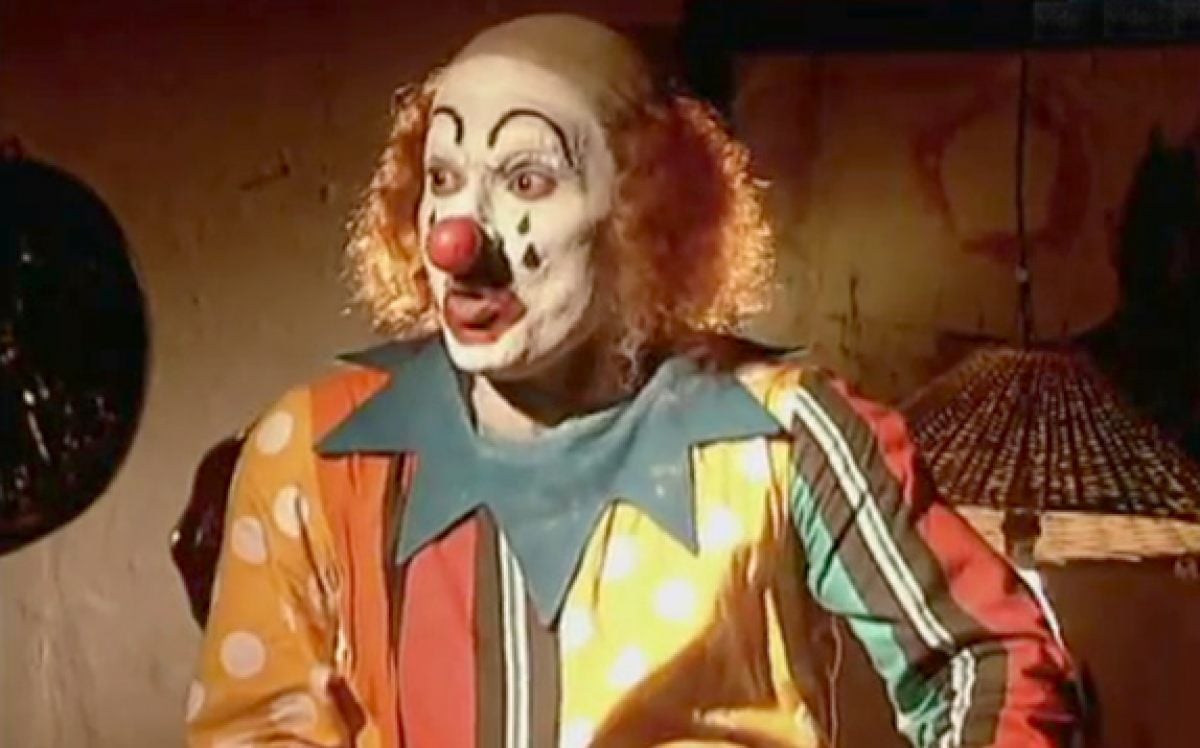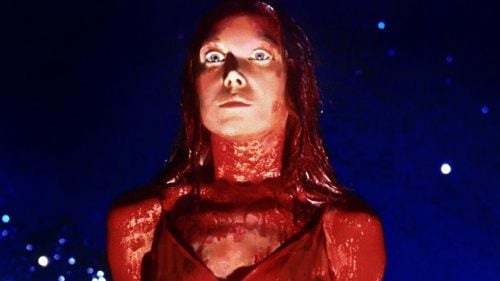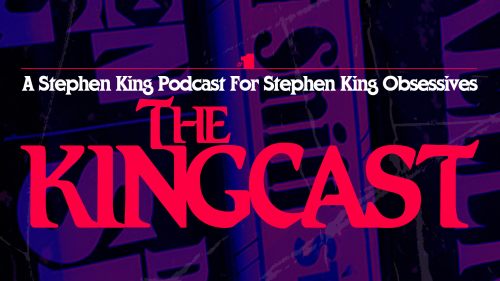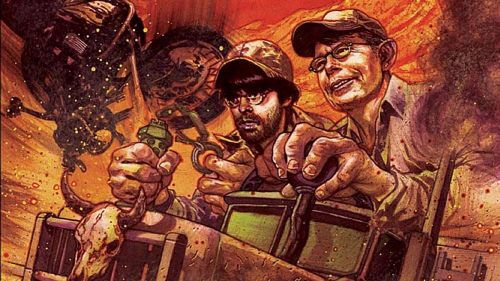WOH: The Indian IT
IT comes out tomorrow. Get your tickets here!
Zee TV in the mid ’90s was a hell of a thing. A staple of Indian households regardless of interest, given that the importing of Western media and the branching out of our own were years away from their zenith. If there wasn’t a major cricket match on and Cartoon Network had gone off the air at 9:00pm, chances are a lot of us city kids would’ve joined our parents or grandparents for the latest soap or comedy show. Or if they let us (or happened to be out of the house), the occasional horror/thriller.
Once such horror serial was Woh (1998), which when translated to English means “It” (or “that” or “those,” depending on context) and as you might’ve guessed, it borrows heavily from the It miniseries from 1990. It lasted a mere 52 episodes, which isn’t much considering every Zee show airs Monday through Friday, and it also happens to be uniquely emblematic of Zee TV and Indian television’s output in the 1990s: poorly lit, occasionally ripped off, but imbued with a bizarre, never before seen eccentricity. Woh is one hell of a weird show in retrospect, least of all because the titular “Woh” doesn’t feature in the first episode, shows up only as a colourful blur in the second, and isn’t seen in full until eight minutes into episode three, in a scene that borrows the original’s paper-boat-in-water concept, but swaps out its sewer for a swimming pool:
Woh is loosely based on the second half of the Stephen King story, with adults who once encountered the killer clown (a narrative initially laid out in flashback) returning once a new batch of children go missing. The first oddity in hindsight is the series’ lead Ashutosh, played by Ashutosh Gowariker. He isn’t a face you’d recognize despite several bit roles on Indian soaps in the ‘90s, but he’s a big name in the Indian film industry today. Maybe even one of the biggest, given that he directed the 2001 colonialism-and-cricket musical Lagaan, India’s last successful Oscar nomination in the Best Foreign Language Film category. He also directed the 2004 Shah Rukh Khan starrer Swades (a story of an Indian expat returning to his roots, and a personal favourite) as well as the visually sublime historical epic Jodhaa Akbar which, fittingly, got a well received spin-off on Zee in 2013 and helped mark a turning point for production value on Indian television. Point being, he exists at the rare nexus of highbrow work and mass appeal, drenched in specifically Indian iconography and traditionalism.
Woh is… not that. It's not any of that.
To start with, like many rip-offs from Western cinema, there’s little cultural recontextualization to be found, where the same might be necessary. Sarkar, our 2005 remake of The Godfather was a success in this regard, transposing the original’s Italian American mob setting to the Indian political arena, but that’s not so easy when you’re dealing with something as specific as It and its imagery of scary clowns. Where America had its John Wayne Gacy, its Joker, and to a lesser degree its Killer Clowns From Outer Space, there was nothing in the collective Indian consciousness for Woh to really tap in to. We just aren’t as scared of clowns as Americans!
Tim Curry’s Pennywise felt like a cross between a low-key demon and a weirdly distraught dude who never really felt like he “belonged” as a clown in first place, a departure from the more kempt, professional and upbeat image that clowns generally have in the West when they aren’t being creepy (part of the success of The Simpsons’ exasperated chain smoker Krusty). On the other hand, a barely put together, melancholy amateur who doesn’t belong in the makeup is what most clowns (or to us, “jokers”) already feel like in the first place, since professional clowning is relatively new here and these folks tend to show up at carnivals that don’t pay well. That coupled with the fact that little was actually done to make actor/writer M.M. “Liliput” Faruqui seem remotely demonic in the role. and your end result is… an extremely mundane Indian clown.

The series’ opening titles, which feel inspired by the then newly popular Se7en, set the weirdest possible tone for what is essentially a horror show, presenting close ups of clowns and dolls (creepy) in quick succession with tribal masks (also creepy, albeit thematically disconnected), a bloody knife (very creepy) and a crab holding a flower (what?). It’s also set to what feels like a sick beat for a rap battle, turntable scratches and all.
On the bright side, once it decides to depart from the original, it takes a couple of really bizarre turns. Woh is revealed to be the left over spirit of a clown who killed himself after the woman he loved wouldn’t marry him because he was short (no, really), and the rushed resolution to the entire thing involves the main characters being really, really nice to this child-murdering asshole. It’s kind of amazing! They get his aged mother to come to the cave where he lives, and he returns to his human form before crying apologetically and making nice with her. Then he turns into a glowing leaf before turning into lighting and shooting into the heavens, absolved of all sin. It’s untethered from any specific religious or spiritual mythology, though it kind of dabbles in a bit of everything.
To fully understand why Woh happened you need to first understand the network that created it. Zee was a mere six years old when it began airing Woh, entering the Indian television landscape just one year into non-government channels being allowed in the country. From 1959 to 1991, The Broadcasting Ministry of India’s “Doordarshan” or “DD” and its regional affiliates were the only thing you’d find on television, but as soon as privatization (and by proxy, Westernization) began to be allowed in every sector, the cultural, economic and creative floodgates flew open. Ideas for TV shows no longer had to go directly through the government’s monolithic network. Stories we’d never seen and never had the freedom or means to tell were suddenly possible.
The vast small-screen entertainment vacuum saw a rapid influx of instantly iconic programming, and in the grand Indian cinema tradition of “borrowing” ideas that worked elsewhere, Stephen King’s killer clown story made for a cheap TV production with a quick turnaround, from a network that didn’t exactly have the most creative people running it (remind me to tell you about Zimbo, our biker-cop Batman). What it lacked in originality it most certainly did not make up for in self-awareness, airing a show called Hitler Didi (“Hitler sister”) about a pretty regular girl earlier this decade, but that’s another story entirely.
The oddity that was and is Zee TV will forever occupy a weird and admittedly vital space in the collective Indian consciousness, bringing audiences stories that were new to us regardless of whether they were truly “original.” Woh may not be the most talked about piece of ‘90s nostalgia, but given the release of Andres Muschietti’s It tomorrow, maybe people will take a gander and watch some of the series on Zee’s YouTube page. All 52 episodes are available to watch, that too legally, which is a rarity given how many of its contemporaries are nowhere to be found.



